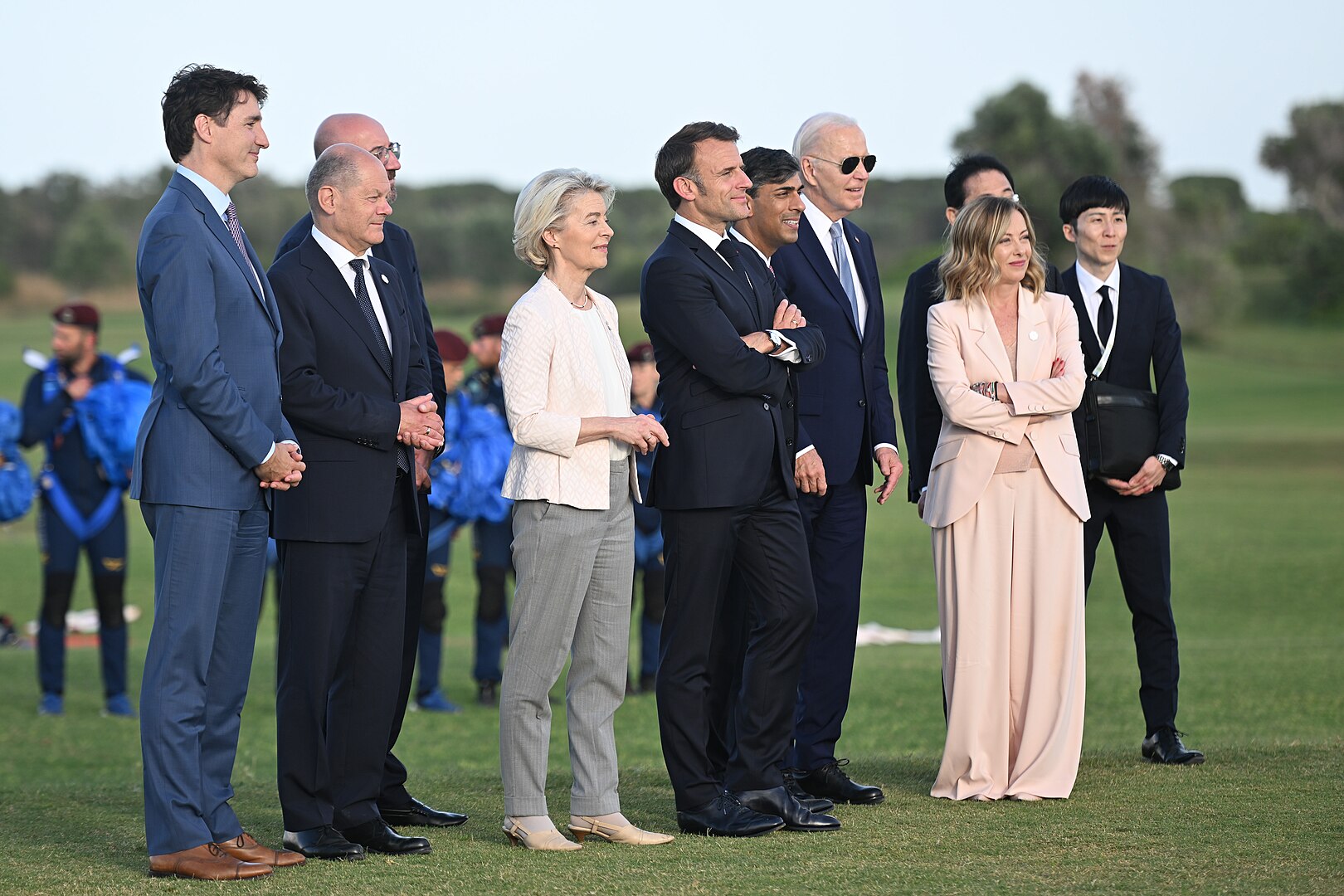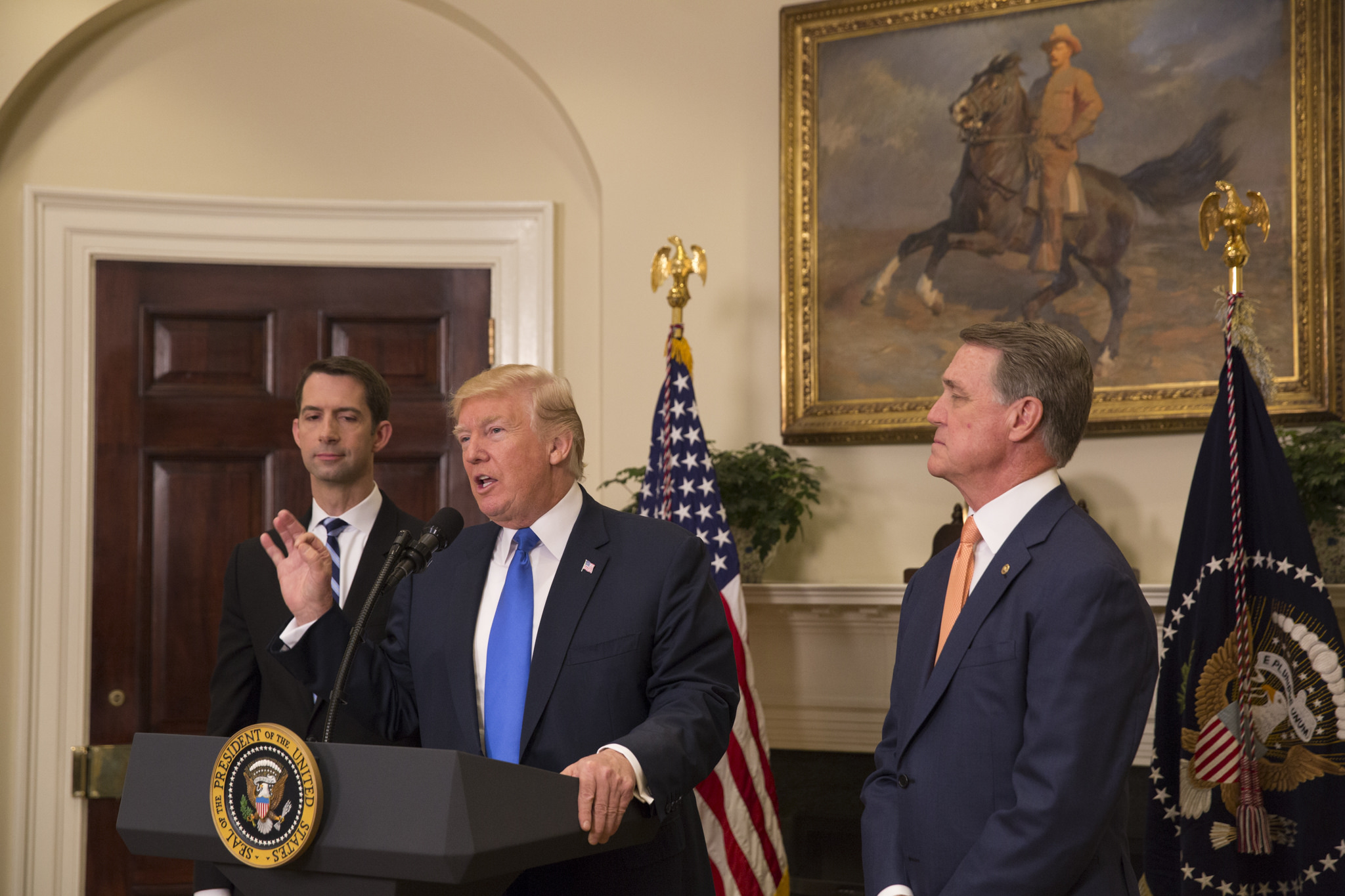PICTURED: Artist’s concept of the ILRS. Photo credit: CAST. Published.
The directors of Roscosmos, the Russian national aerospace agency, and its Chinese equivalent the CNSA, have signed a memorandum of understanding over a collaborative effort to build a permanent Moon base on the Moon’s south pole.
The Chinese were aiming in 2020, following the project’s announcement, to attract partners to help them develop it.
A press release from Roscosmos described their as-yet not started facility as “a complex of experimental research facilities created on the surface and / or in the orbit of the Moon, designed to carry out multidisciplinary and multipurpose research work, including the exploration and use of the Moon, lunar observations, fundamental research experiments and technology verification with the possibility of long-term unmanned operation(s)”.
A release from CNSA chief Zhang Kejian, described an equal-partnership in the “planning, demonstration, design, development, implementation, and operation of the scientific research station project, including project promotion to the international aerospace community”.
With conventional political tensions never far away from the headlines, Russian’s proud astro-heritage is more and more enmeshing itself in the lightspeed developments of the Chinese scientific space program.
In only a decade, China has conducted five lunar missions, each broader in scope than the last, with the most recent Chang’e-5 lander bringing back hundreds of kilograms of Moon rocks in a sophisticated four-module sequence.
Yet more missions are planned, Chang’e-7 for example, slated for the mid 2020s, already has Russian committed support for logistics and equipment with which the two nations hope to create a lunar-stroke-deep space research craft.
All of these projects come, at least in press release form, with invitations for collaboration by other space-fairing nations such as Italy, England, the U.S., and others.
“At ESA (European Space Agency) we are following the Chinese lunar exploration plans very closely in order to see where our respective programmatic interest could meet, primarily the [Chang’e]-6, -7 and -8 missions but also the ILRS initiative”, Karl Bergquist, ESA’s international relations administrator, told SpaceNews last year.
Chang’e-8 will land on the Moon to conduct lunar-infrastructure tests like 3D-printing and life-sciences for future human habitation, and the next three Roscosmos missions, Luna 25, 26, and 27, have a similar trajectory, all building towards the eventually commencement of construction on the International Lunar Research Station.
Continue exploring this topic — SpaceX Receives Contract to Send First Two Lunar Gateway Components into Orbit
Continue exploring this topic — Moon’s Surface Safe for Up to 6 Months of Human Habitation — Study


